There are over 15,000 species of fungi in the UK and I know very little about any of them! lol This page is for species of fungi tat I have encountered whilst looking for wildlife. As such I usually rely on others for the identification of the fungi that I have photographed.
I have very little knowledge of fungi so if you can put a name to any of my unidentified images then please do let me know.
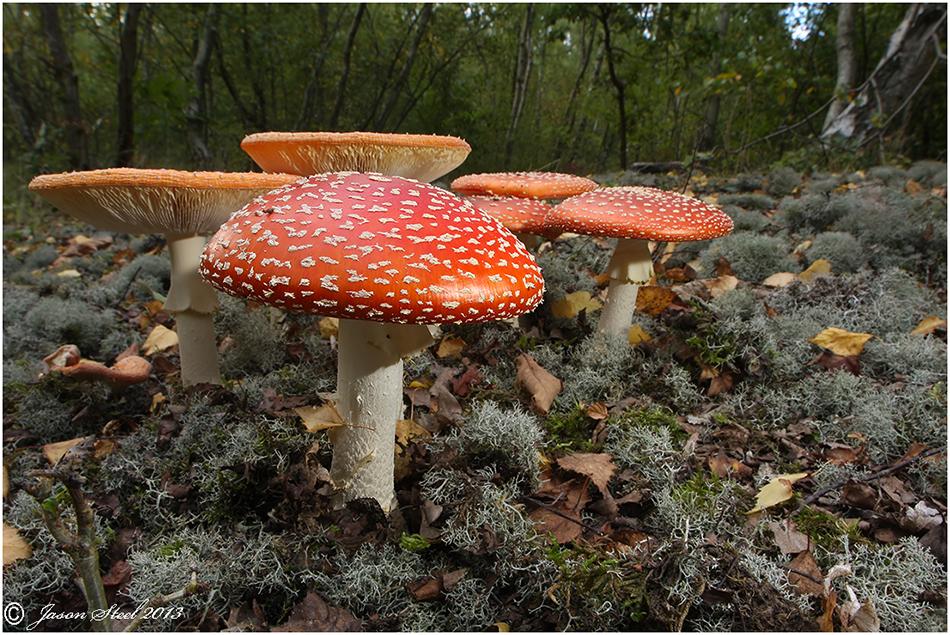
Fly Agaric / Fly Amanita (Amanita muscaria)
A commonly encountered and easily recognisable fungi found across Britain. Although potentially poisonous these mushrooms are often consumed by man for their hallucinogenic properties.
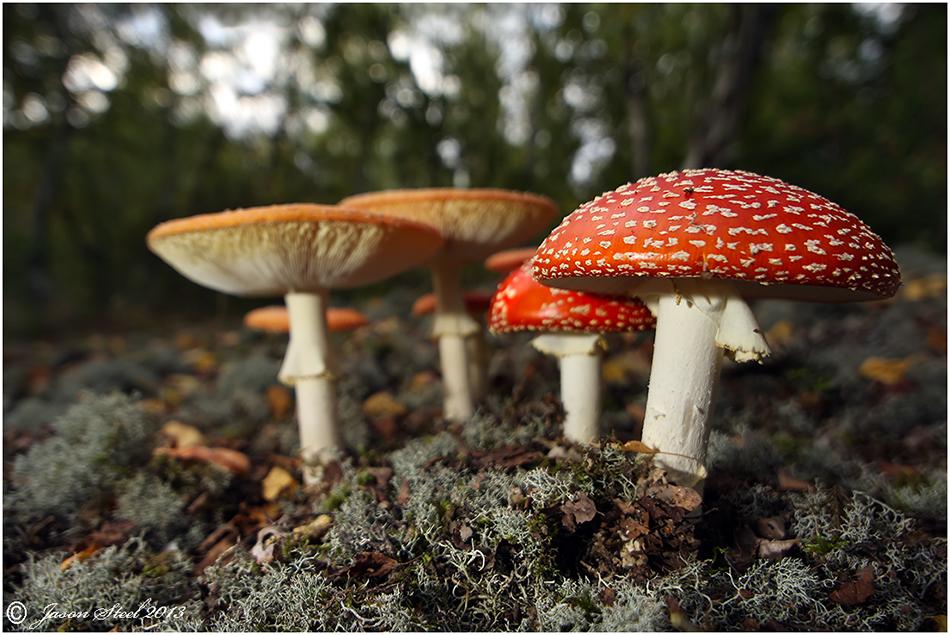
Fly Agaric (Amanita muscaria)
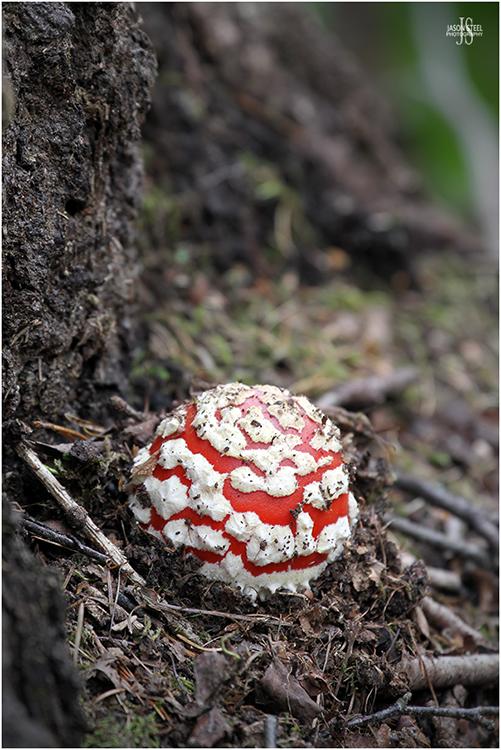
Fly Agaric (Amanita muscaria)
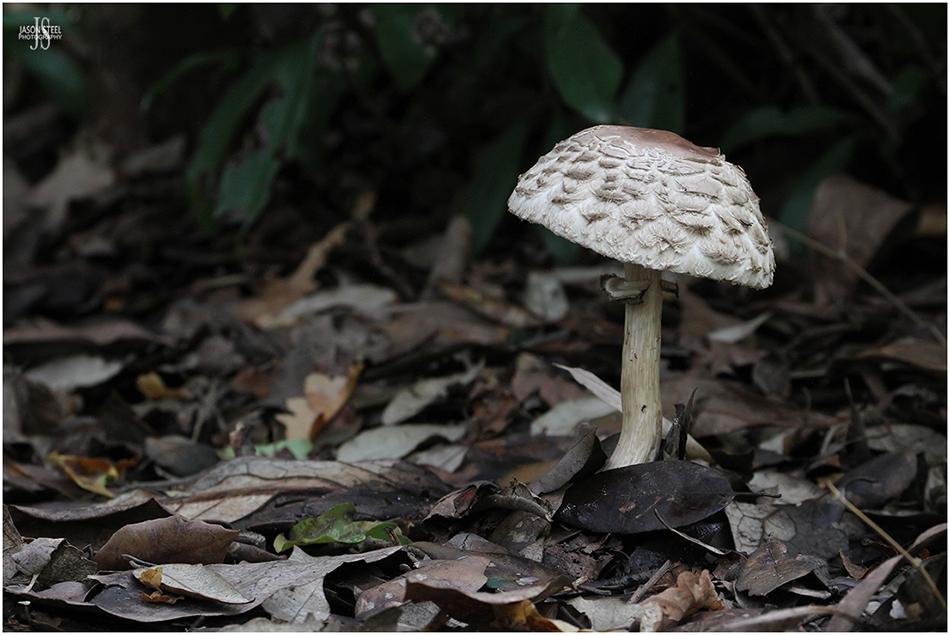
Shaggy Parasol (Chlorophyllum rhacodes) found at Leonardslee Gardens, Suffolk, 17th October 2020
Shaggy Parasol (Chlorophyllum rhacodes)
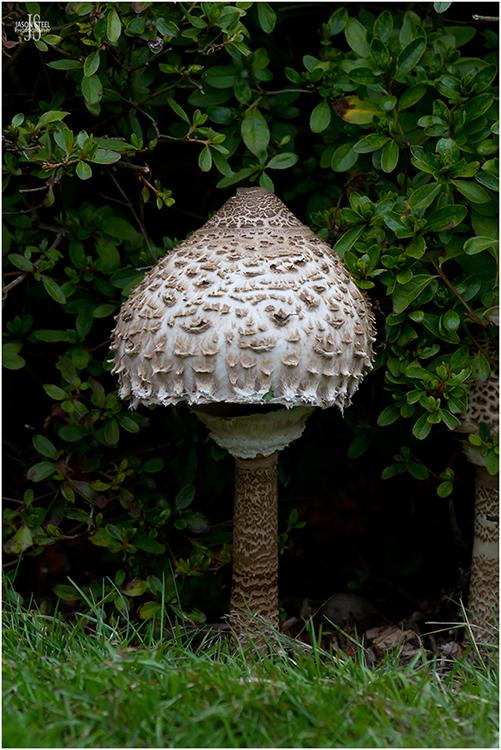
Parasol Mushroom (Macrolepiota procera) found at Leonardslee Gardens, Suffolk, 17th October 2020
Parasol Mushroom (Macrolepiota procera)
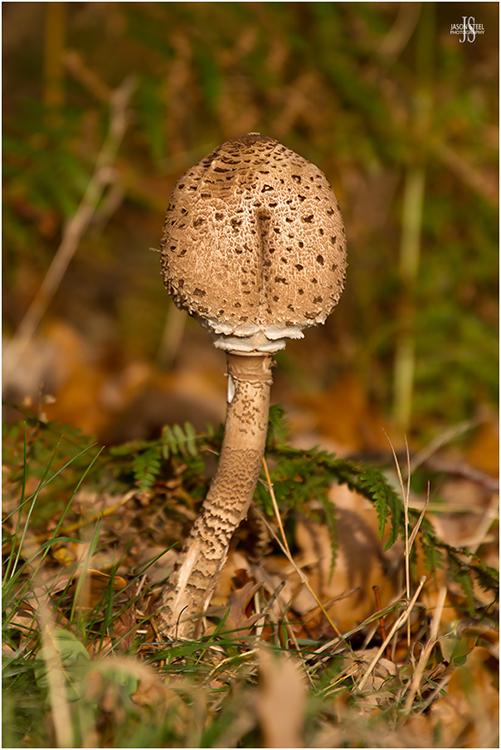
Parasol Mushroom (Macrolepiota procera) photographed at Richmond Park, London, 19th October 2020
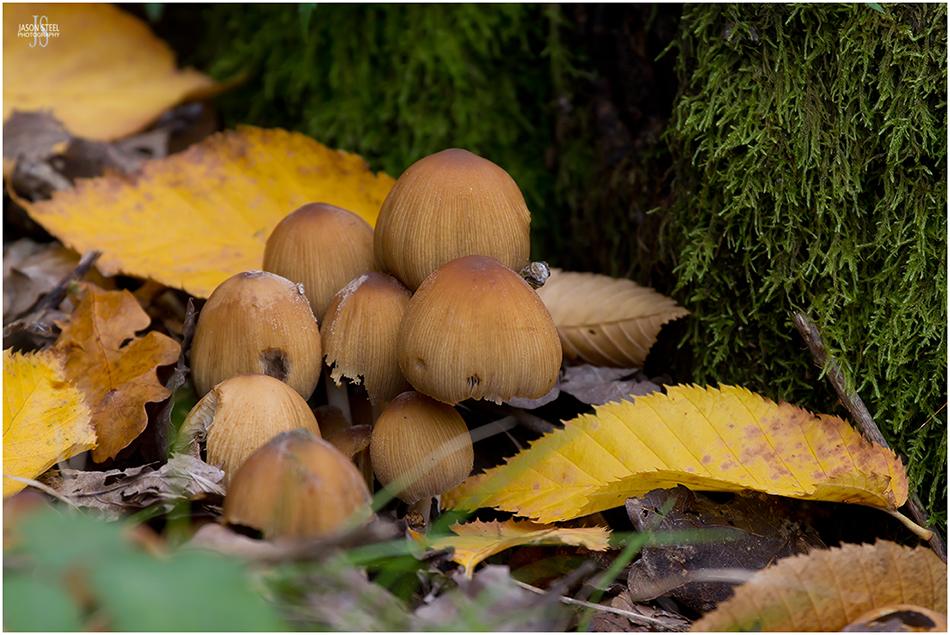
Glistening Inkcap / Mica Cap (Coprinellus micaceus) found at Leonardslee Gardens, Suffolk, 17th October 2020
Glistening Inkcap / Mica Cap (Coprinellus micaceus)
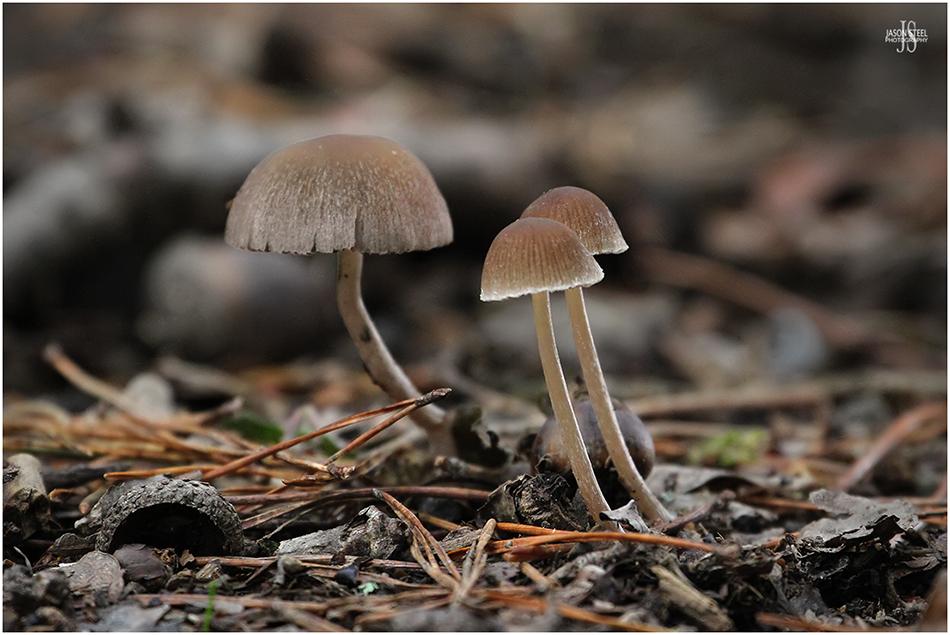
Unidentified fungi found at Leonardslee Gardens, Suffolk, 17th October 2020
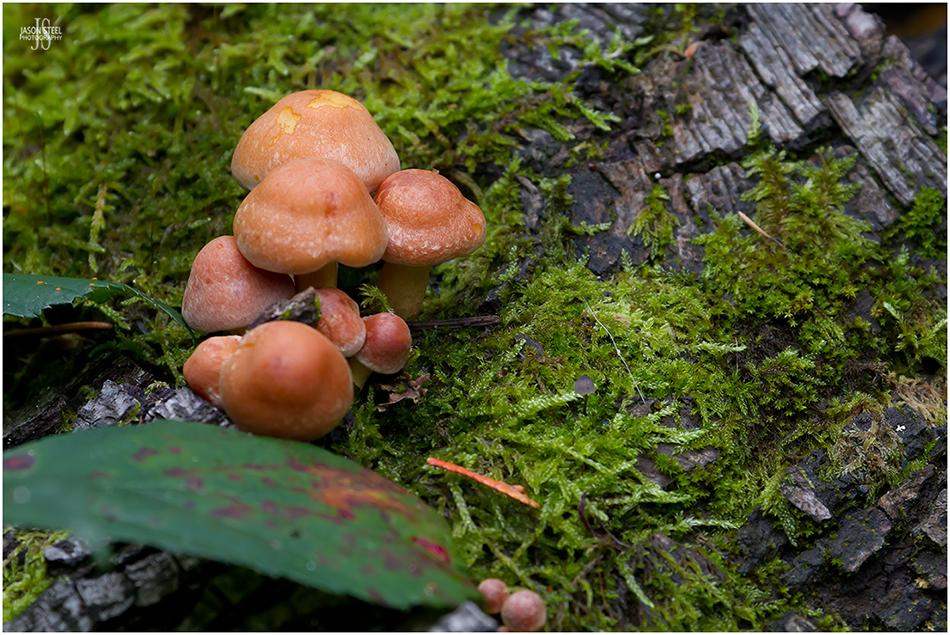
Unidentified fungi found at Leonardslee Gardens, Suffolk, 17th October 2020
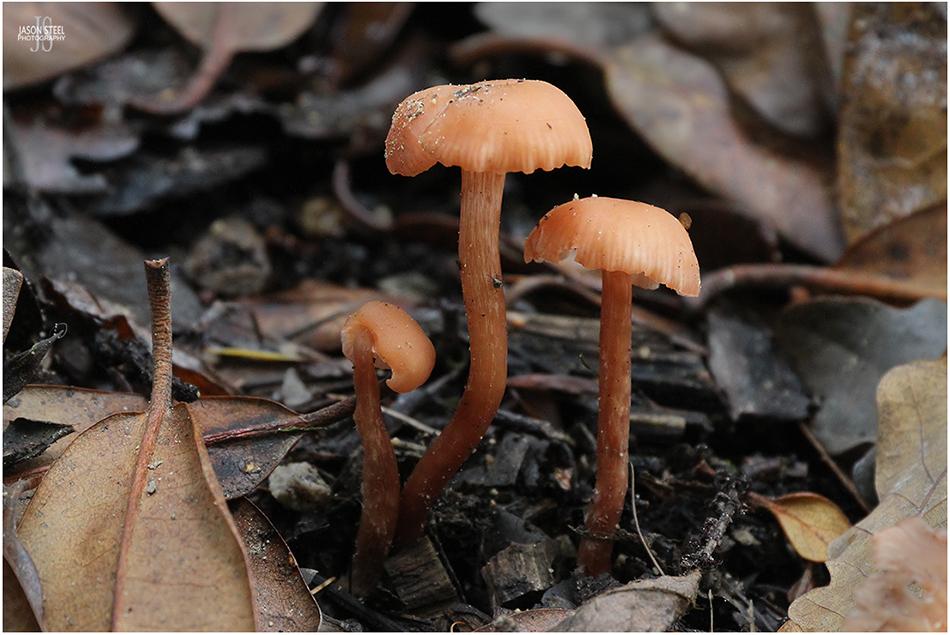
Unidentified fungi found at Leonardslee Gardens, Suffolk, 17th October 2020
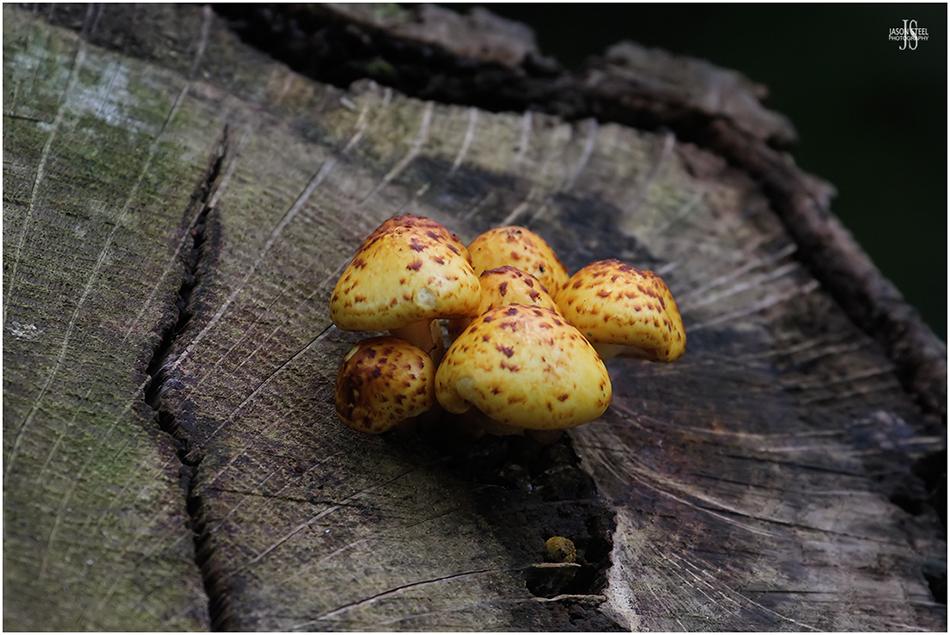
Golden Scalycap (Pholiota aurivella) found at Leonardslee Gardens, Suffolk, 17th October 2020
Golden Scalycap (Pholiota aurivella)
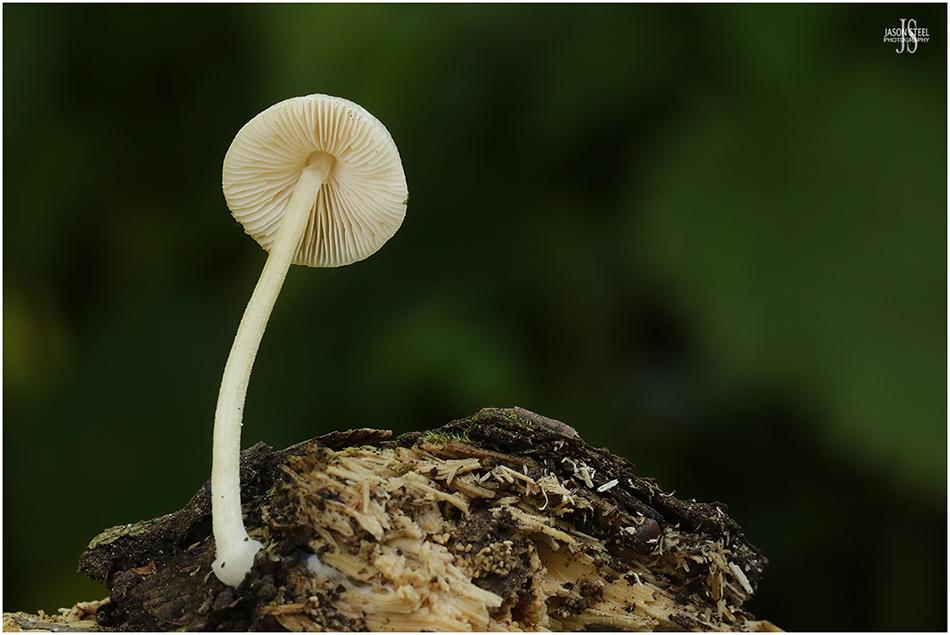
unidentified 40mm tall Fungi found growing in woodland in Lullingstone, Kent, 22nd July 2021
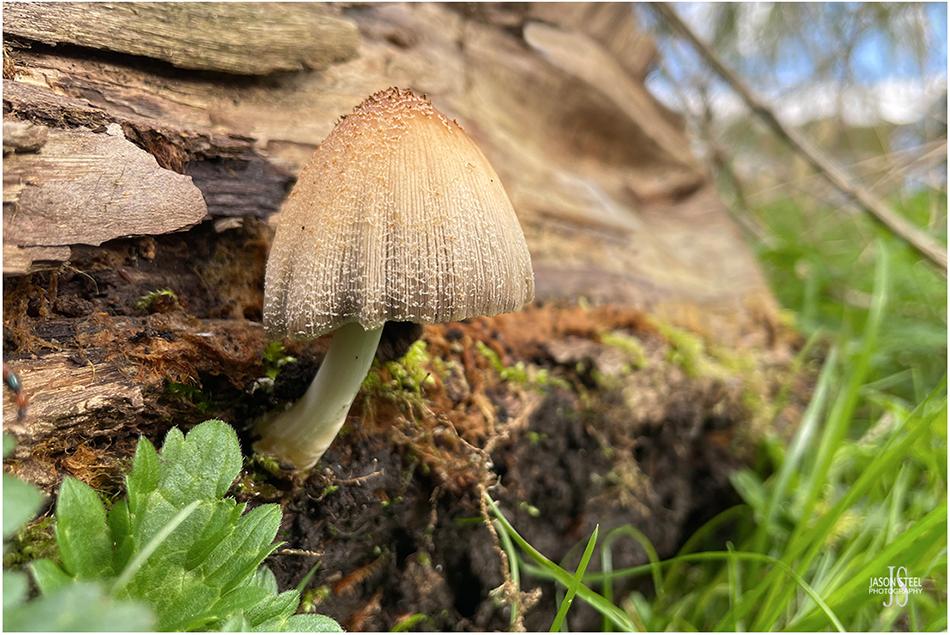
iPhone photo - Firerug Inkcap Mushroom, Coprinellus domesticus, growing out the side of a fallen oak tree stump 2nd April, Canterbury. 50mm height.
Firerug Inkcap Mushroom - (Coprinellus domesticus)
This species is often accompanied by a shaggy carpet of orange hairs, known as the "ozonium", growing on the host, around the base of the mushroom. Without this carpet of hairs the Firerug Inkcap is very difficult to distinguish from other Inkcap species. Firerug Inkcap is common and widespread across the UK, and is most often found growing as small clumps of mushrooms on decaying wood, especially hardwood. The cap grows to around 30-70mm across and the stem reaches a height of around 40-100mm. This fungi is not toxic, unless consumed with alcohol, but it's not generally considered to be edible either. These mushrooms can often be found growing in damp areas of homes, hence their scientific name Coprinellus domesticus. The peak season is June to November.
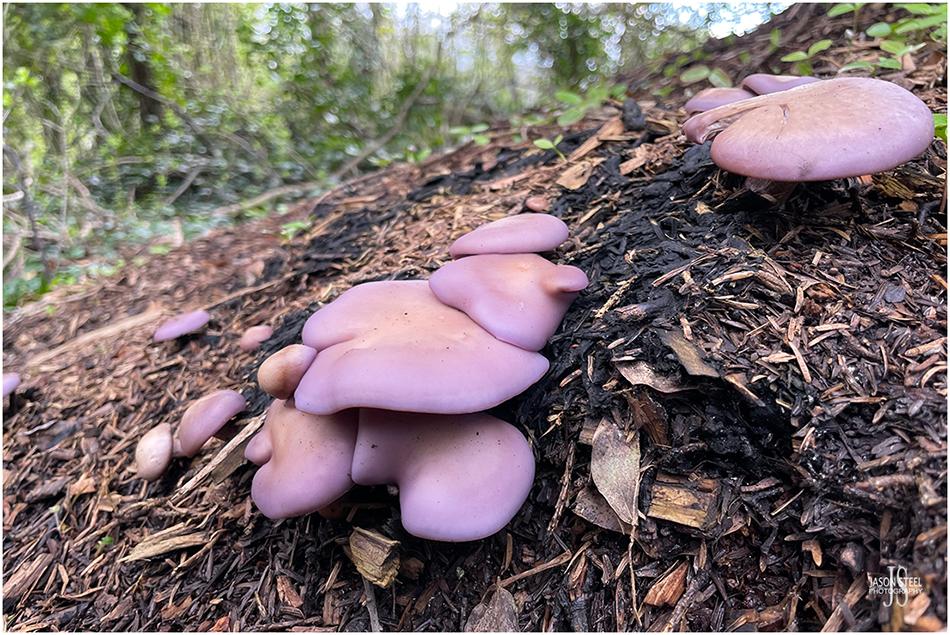
iPhone photo - Wood blewit, Lepista nuda, growing in leaf litter and wood chippings in Aylesford, Kent, 13th April 2023
Wood blewit - (Lepista nuda / Clitocybe nuda)
Wood blewit is an edible mushroom, which has a beautiful violet colouration during the early stages of its growth. The mushrooms slowly turn pale brown as they age. The stalks grow to a maximum length of around 30-100mm, and the caps reach a maximum diameter of around 150mm. This species likes the cold and can survive heavy frosts. Wood blewit is usually seen from October until around February. Wood blewit sometimes grows in small rings, known as "fairy rings", which has lead to old superstitions that the mushrooms could be associated with magic. These mushrooms are said to have a a strongly floral, mushroomy taste, which may change as the mushrooms change in colour. Others report the taste to be nutty. They have a pleasant, fruity smell, that some people compare to frozen orange juice, whilst other compare the fragrance to aniseed. This species is common across England and Wales, and is regularly seen growing in woodland, parks, gardens and verges.
The Wood blewit seen here were photographed growing in wood chippings and leaf litter, under the shade of a wooded stretch of trees, in close proximity to agricultural fields. Mid-April is late in the season for this species, but this could be due to a particularly slow start to spring in 2023.
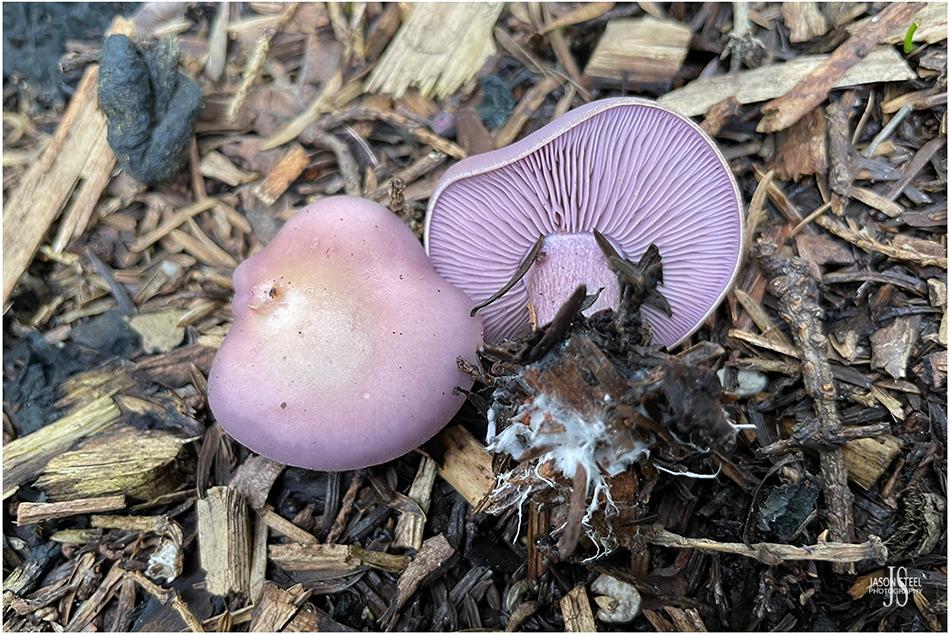
iPhone photo - Wood blewit, Lepista nuda, growing in leaf litter and wood chippings in Aylesford, Kent, 13th April 2023
This 40mm specimen was carefully uprooted for identification purposes, before being gently replanted back in the same spot.